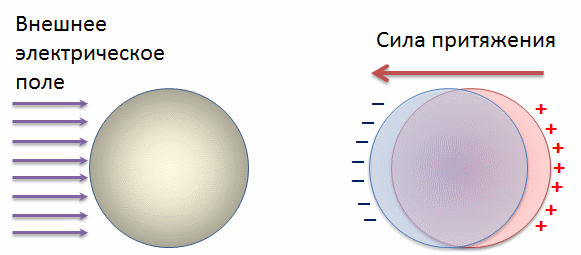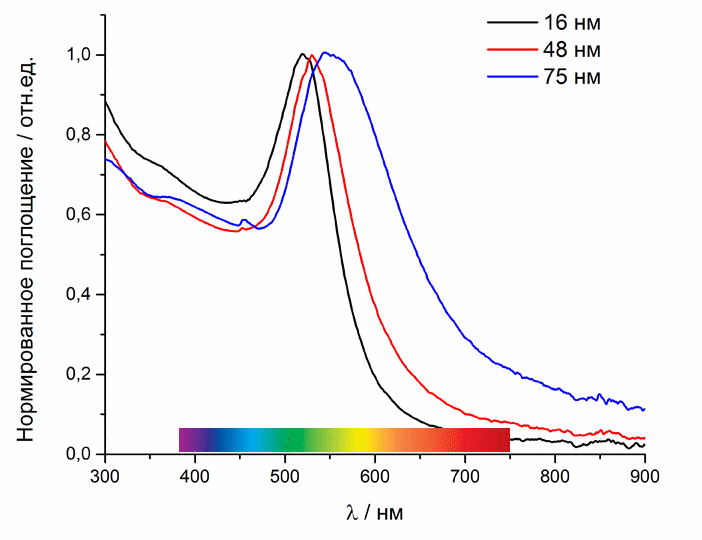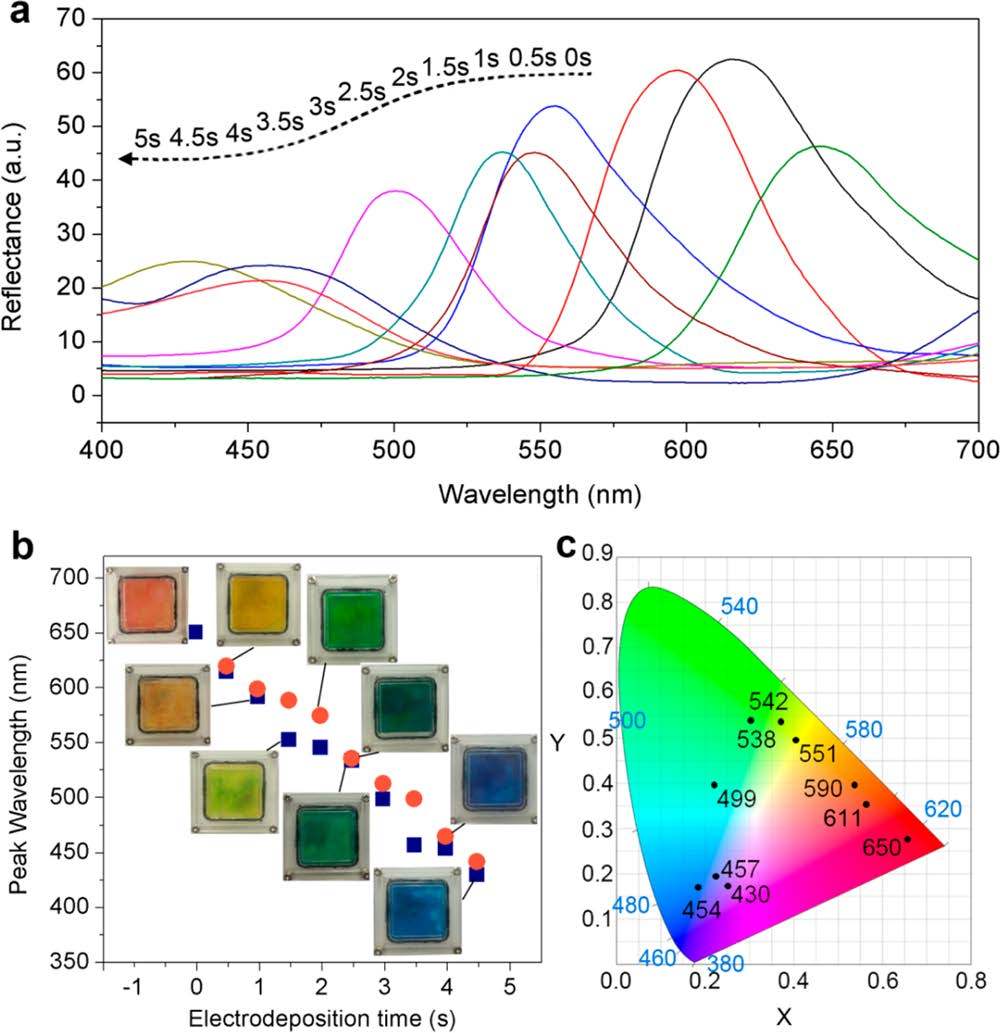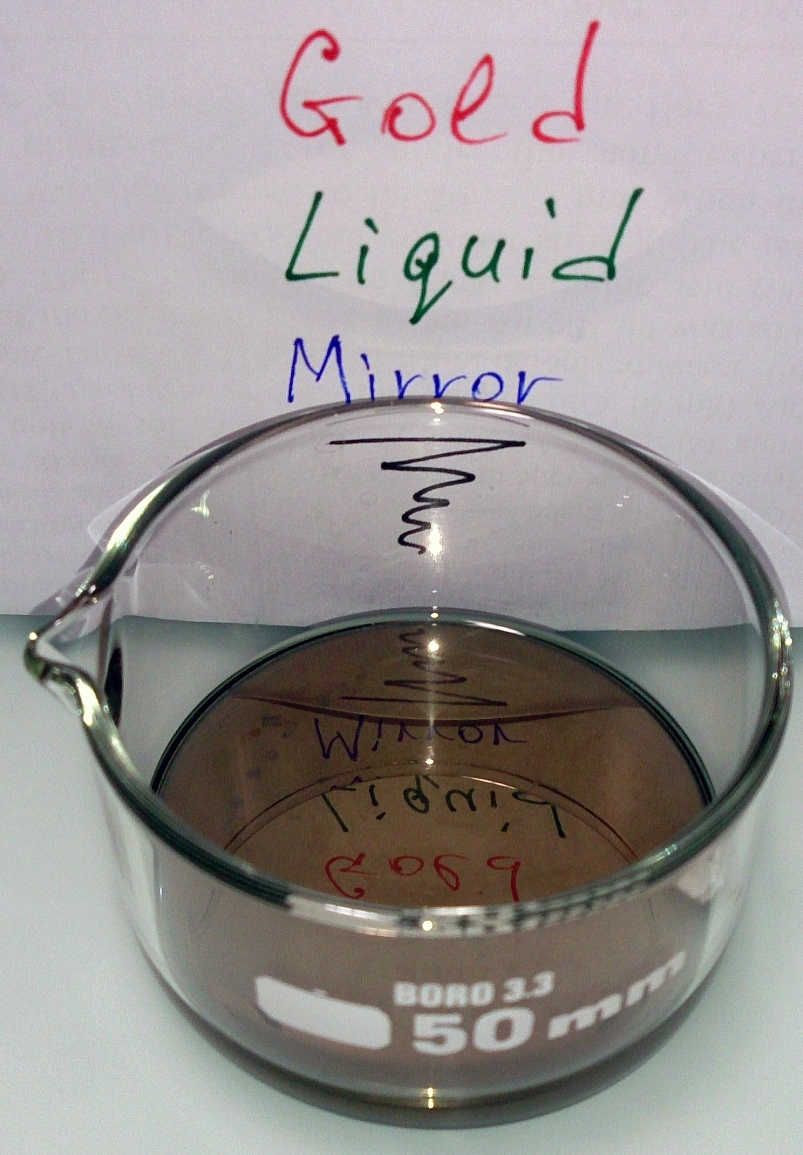This is Science: plasmon camouflage is already a reality

Hello to all fans of science and technology news!
Today we talk about the plasmon chameleon, you can learn about the real here .
Any metal is first of all an array of freely moving electrons, a kind of electron gas reservoir. And the metal, which is in a nanoscale state, has one amazing property - plasmon resonance . A group of Chinese scientists, together with their American colleagues, used this feature of nanoparticles when creating plasmon camouflage.
')
About what it is and what it is eaten with, you will learn under the cut.
Foreword
To understand how this works, we need to briefly delve into the physics of the process. So, what is plasmon resonance and what is it used with?
We all know how light interacts with a smooth metal surface - it is reflected, which is why metals are used in the production of mirrors: some metals reflect light less, others better. But what happens when light or an electromagnetic wave interacts with a metal nanoparticle, literally filled with electrons? Due to the small size of metal nanoparticles and the high mobility of electrons in them, the electric field of an electromagnetic wave shifts the electron cloud inside the nanoparticle by a small amount, exposing on the reverse side a positively charged core of metal atoms.

The interaction of an electromagnetic wave, which is a source of an external electric field, with a metal nanoparticle, the consequence of which becomes the force of attraction between displaced moving electrons and a positively charged heavy core of metal atoms
As a result, a Coulomb attraction force arises between the two oppositely charged halves of the nanoparticle, returning the electrons to their original place. This is the plasmon (damped oscillation of the electron gas), therefore the particles themselves are called plasmon particles. As in the case of any other oscillatory processes, this phenomenon has one interesting property - resonance , which is expressed in a sharp increase in the absorption of electromagnetic waves with a certain frequency or wavelength. That is why in the absorption spectra of solutions of metal nanoparticles there is an unusual bell-shaped component presented in the figure below.

The absorption spectra of gold nanoparticles of different diameters. For clarity, the visible part of the spectrum is presented.
Depending on the diameter of the nanoparticles, the wavelength of light at which such resonant absorption occurs may vary, as is the case with quantum dots .
Additionally, you can read about this effect on the pages of Potential magazine (the only link to the acquisition of the magazine was found here ). Or listen to a lecture on YouTube given to participants in the framework of the 9th NanoOlympics :
Plasmon chameleon
Of course, each metal has its own resonant (plasmon) frequency. For gold, the wavelength at which resonance occurs is approximately 520–550 nm, for silver it is about 410–430 nm. Accordingly, if you combine two metals, you get some non-linear combination of the one and the other. This effect was used by scientists from China and the United States in their work on the plasmon chameleon and published in the prestigious scientific journal ACSNano.
At first glance, the idea seems extremely simple. You need to take an ordered porous material (for example, anodized aluminum oxide, AAO ), place it on the electrode, grow a small gold nanoparticle inside each pore, and add another electrode covered with a conductive gel and containing silver ions from above.

(ac) Device diagram showing the principle of operation and photomicrographs of an ordered array of nanopores obtained with an electron microscope (scale marks - 100 nm); (ef) testing of the first samples, which can change color from red to green
By applying a voltage (~ 1.5 V) one can fairly quickly (after all, we are talking about nanoparticles) to deposit small amounts of silver on the islands of gold inside the pores and thus change the optical properties of the system. For example, it is easy to control the reflection of light within 420 - 650 nm, which almost covers the entire visible spectrum. And the application of reverse voltage allows you to translate silver into ions distributed in the gel.

A full demonstration of the device's ability to change color when an electric field is applied: (a) reflection spectra, (b) dependence of the maximum reflection position on silver deposition time (only a few seconds!), ( C ) Chromatic diagram with colors obtained in the work
Usually, scientific research on this and end: they say, we have now shown that it works, the rest is not our task . However, the team of authors decided not to stop there and created a chameleon robot, consisting of small plates that change color. The robot is packed with sensors and is able to analyze the surrounding color spectrum, adjusting to it.

(ac) Created a chameleon robot, which is able to change color, adapting to its surroundings. (dc) Similar technology can be used to create "static" displays, for example, for advertising banners.
Plus, scientists have shown that this technology can be successfully applied to create "static" displays. They can come to replace modern LED panels in the field of advertising.
A video showing the movement of the chameleon along the color wall, as well as a real-time color change can be viewed on the website of the ACSNano magazine .
If someone is interested in adapting a similar technology for their own needs and / or doing DIY, then interesting information is contained in the Supplementary Information to the article.
The original article " Mechanical Chameleon through Dynamic Real-Time Plasmonic Tuning " was published in ACSNano ( DOI: 10.1021 / acsnano.5b07472 ).
Instead of conclusion
And taking this opportunity, I would like to point out another interesting feature of gold nanoparticles, especially for those who missed the hourly video above. They can be surprisingly quickly and easily assembled at the interface of two immiscible liquids, as demonstrated in the video below.

From 30-40 nm particles you can get a real mirror!
In this case, the nanoparticles form a film, which has certain mechanical properties. It does not crack, does not degrade, does not lose metallic luster and color, but instead stretches and deforms, since the nanoparticles inside the film are linked by special molecules.
More videos are also available on the ACSNano magazine website .
Sometimes briefly, and sometimes not so much about the news of science and technology, you can read on my Telegram channel - welcome;)
Source: https://habr.com/ru/post/391033/
All Articles